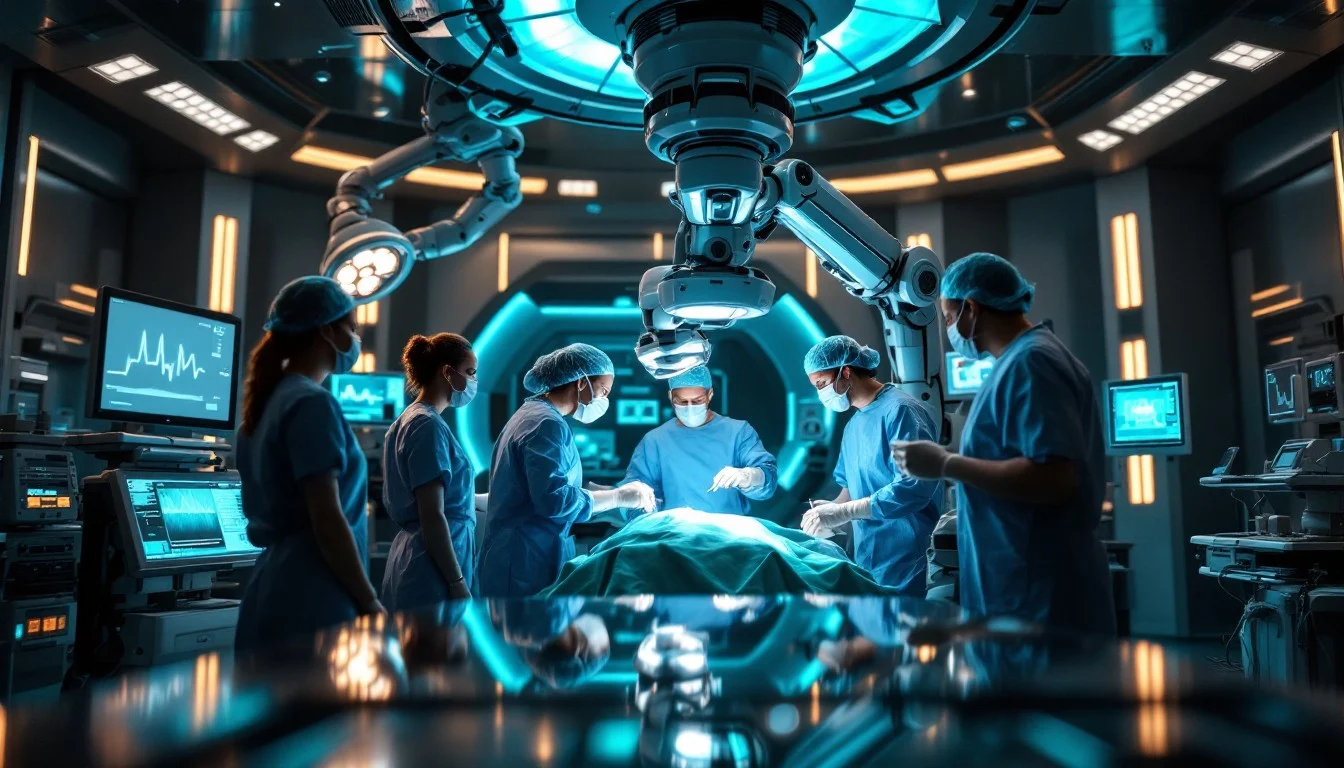Digital transformation is reshaping our world, but few advancements promise as much impact as digital twins. By bridging the gap between the real and virtual, digital twins are redefining how we approach simulation—especially in engineering and healthcare. As we look ahead, their potential is set to grow exponentially, unlocking a future where data-driven insights and advanced modeling lead the way in problem-solving and innovation.
What Are Digital Twins?
A digital twin is a virtual replica of a physical object, process, or system that continuously updates with real-world data. This dynamic simulation mirrors its real-world counterpart in real time, using data from sensors, devices, and other sources. With this approach, organizations can analyze situations, test scenarios, and optimize systems in a risk-free virtual environment before making real-world decisions.
Initially developed for aerospace and manufacturing, digital twin technology today is rapidly gaining ground in industries like engineering, healthcare, logistics, and beyond. Its ability to provide actionable insights makes it a key driver for building smarter, more connected systems.
The Rise of Simulation: Evolution and Major Trends
Simulation has long played a vital role in engineering and healthcare, from designing safer cars to predicting the spread of disease. However, traditional simulation methods often relied on static models, offering only limited perspectives. Today’s digital twin technology flips the script by offering real-time, data-rich simulations that can adapt, anticipate, and optimize outcomes.
Key Trends Shaping Simulation with Digital Twins
- AI and machine learning integration for predictive analytics and optimization
- Cloud-based platforms enabling collaboration, scalability, and global access
- Personalized and adaptive modeling for increased accuracy
- Seamless integration with IoT devices for real-time monitoring and control
These trends allow engineers and healthcare professionals to operate with unprecedented foresight and efficiency.
Digital Twins in Engineering: Changing the Game
Improving Design and Innovation
Digital twins are revolutionizing engineering design by making complex simulations more accessible and intuitive. Here’s how:
- Rapid prototyping: Test and iterate designs digitally, reducing time and cost.
- Predictive maintenance: Monitor equipment health and predict failures, minimizing downtime.
- Enhanced product lifecycle management: Analyze and improve products throughout their life, from concept to decommissioning.
- Real-time performance monitoring: Adjust systems on the fly for peak efficiency.
With digital twins, teams can simulate stress tests, environmental impacts, and user behavior. This leads to smarter products and more resilient infrastructure.
The Future of Engineering Simulation
The coming decade will see engineering simulation tools become smarter and more accessible. Expect wider adoption of:
- AI-driven diagnostics: Machines will identify weaknesses and optimize solutions without human intervention.
- Virtual reality (VR) and augmented reality (AR): Immersive environments for design reviews and remote troubleshooting.
- System-of-systems modeling: Engineers can simulate entire networks, from transportation grids to energy supply chains, enabling holistic problem-solving.
These capabilities will usher in a new era of innovation, sustainability, and operational excellence.
Digital Twins Transforming Healthcare
Perhaps nowhere is the impact of digital twins more profound than in healthcare. By harnessing real-time data, advanced analytics, and virtual modeling, healthcare providers are reimagining patient care, hospital operations, and medical research.
Personalized Patient Care
At the core of this revolution is the ability to tailor healthcare to individual needs. Digital twins bring together data from medical records, genetic profiles, wearables, and lifestyle factors to create a holistic model of each patient. What does this mean in practice?
- Personalized treatment plans: Providers can test and select optimal therapies, reducing trial-and-error and improving outcomes.
- Accurate diagnostics: Simulated scenarios help identify patterns and aid complex diagnoses.
- Proactive monitoring: Healthcare teams can monitor patients remotely and adjust interventions in real time.
In short, patients receive care that is not only more precise but also more responsive and engaging.
Predictive Analytics and Preventive Healthcare
Digital twins excel at predicting disease progression and identifying at-risk individuals:
- Early detection of health risks: AI-driven analytics flag potential issues before symptoms arise.
- Resource management: Hospitals use digital twins to optimize workflows, allocate staff, and manage supplies efficiently.
- Preventive care: Wearables and remote monitoring empower patients to manage chronic conditions, reducing emergency visits and hospitalizations.
This predictive power is reshaping healthcare from reactive to proactive.
Training and Medical Education
Medical professionals, from surgeons to nurses, use digital twins to practice skills and simulate complex procedures without risk. This advances safer, more effective training and encourages continuous skill development. The result? Higher clinical competence and improved patient safety.
Empowering Medical Research
Digital twins serve as virtual laboratories for experimenting with new treatments and understanding disease mechanisms. By modeling genetic variations and drug interactions, researchers accelerate drug discovery and develop therapies for rare or complex conditions.
Overcoming Challenges and Embracing Opportunities
Despite the immense promise of digital twins, challenges remain. Privacy and data security are paramount, especially in healthcare. Ensuring interoperability between diverse devices and systems is another major hurdle.
Additionally, democratizing access is vital to prevent disparities in technological adoption. Policymakers, providers, and developers must collaborate to address these challenges while maximizing benefits for all.
The Road Ahead: Future Possibilities
The future for digital twins in engineering and healthcare is bright:
- Integration of AI and genomics: Digital twins will incorporate genetic and molecular data, driving the next leap in precision medicine.
- City-wide and population health modeling: Governments will use digital twins to simulate urban health and respond to public health crises.
- Ubiquity and affordability: As computing power increases and costs decrease, digital twins will become accessible to even small clinics and startups.
By continuously learning from real-world data, digital twins will drive smarter decision-making, enhance outcomes, and create safer and more sustainable environments for everyone.
Conclusion
Digital twins stand at the frontier of simulation technology. In both engineering and healthcare, they bridge real and virtual worlds to deliver transformative results: safer products, more efficient operations, and personalized, proactive patient care. As innovation accelerates, organizations that embrace digital twins today will be best equipped to lead in tomorrow’s data-driven world.
Ready to shape the future? Start exploring how digital twin technology can accelerate your business growth, fuel breakthrough research, or enhance patient care. Step into a smarter, connected world—don’t let your potential remain untapped.






